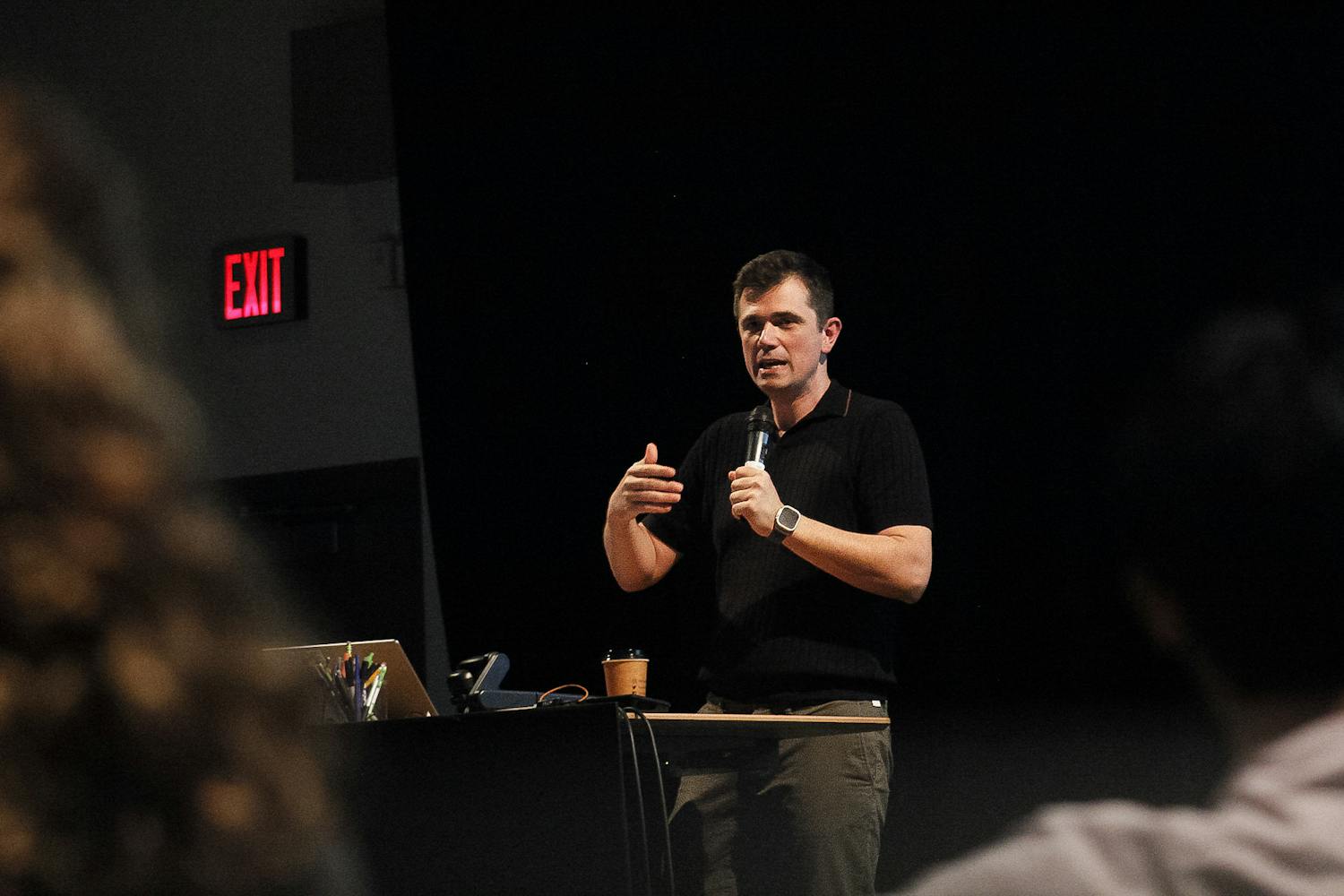A few weeks ago on “Jimmy Kimmel Live!” host Jimmy Kimmel showed the audience footage of an experiment conducted by one of the members of his crew treating random passersby to an exclusive first look at the iPhone 5.
He asked each person to fool around with it and share their thoughts on its quality and performance and to compare it to their current iPhones, most of which were 4S models. The hilarious part? There was no iPhone 5 present. All the people on camera were given 4S models to compare with their extant 4S models.
While holding the exact same phone in either hand, several of them commented that the “iPhone 5” was lighter, faster, thinner and more durable while also sporting greater resolution and “new” features like video recording through the front and back iSight cameras.
After you’re done clenching your gut from laughing at how oblivious people can be, revisit this whole scenario a couple of times and watch it morph from an exercise in hilarity to a social commentary on desensitization.
We are living in the most illuminating years following the Industrial Revolution where technological progression of man-made products is revolutionizing the way human beings approach each other. In the past century, the human race has compressed millennia of innovation and ingenuity in a blip on the chronological timeline of Earth.
But, as evidenced by the Kimmel experiment, in a society where everybody is waiting for the “next new thing,” staggering exponential progress can desensitize people to what is actually in front of their eyes. People used to get new tech at a speed that allowed them time to understand and sufficiently use it.
The saturation of the American consumer market with the latest and greatest technological products does more than just provide people with new toys; this rapid technology advancement raises the threshold at which people actually distinguish between old and new products, especially since “old” now means dated by 5 months to a year or so.
These people Kimmel presented with fake iPhone 5’s didn’t even do a double take when holding the phone. One woman actually held either phone in each hand while commenting on the superlative operating speed of this new iPhone 5. They could not tell the difference between the same products when they were in their own hands, because in their lifetime — no, in the past 10 years, technology has changed so dramatically that keeping up with its changes is a 24 hour-a-day job.
So what does this mean for the future? It’s a Kimmel bit, so it shouldn’t be discussed to the point of exhaustion but consider the joke as an allegory for a moment.
Perhaps the message to be gleaned is that the further we move forward with technology, the further we might move away from being able to distinguish between the old and the new. Especially, since the transition from old to new is growing smaller and smaller every day.
Reach the columnist at arjun.chopra@asu.edu.



